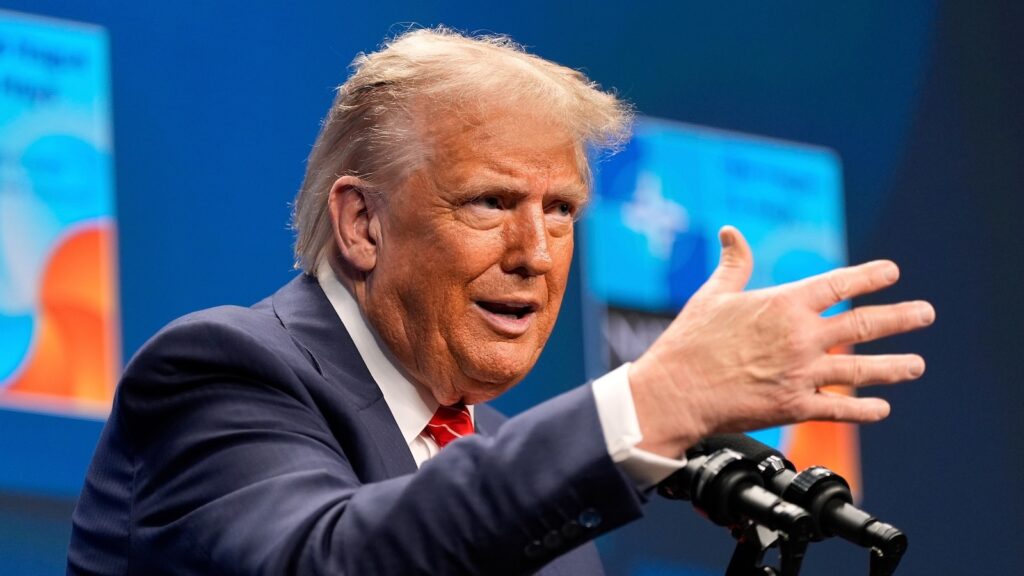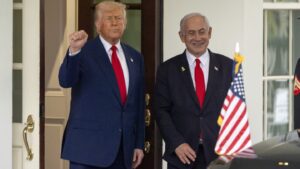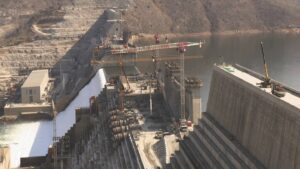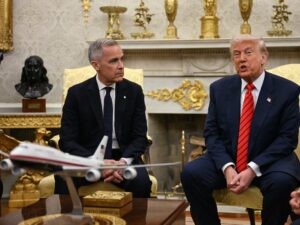
President Donald Trump has ignited a heated debate following his assertion that U.S. military strikes had “obliterated” Iran’s nuclear sites. This statement, made last Saturday, has been met with skepticism in light of a U.S. intelligence report suggesting otherwise. Despite the controversy, Trump and his administration have continued to use the term, drawing criticism from political figures and experts alike.
During a media conference at the NATO summit in The Hague, Netherlands, on June 25, 2025, Trump defended his choice of words. He acknowledged the uproar his language had caused but insisted on its accuracy, citing an impending report from Israel as evidence. “The original word that I used, I guess it got us in trouble because it’s a strong word, it was obliteration,” Trump stated. He further described the impact as “total obliteration” and “virtual obliteration.”
Conflicting Reports on the Extent of Damage
The U.S. strikes targeted three key Iranian facilities: Isfahan, Natanz, and Fordo, utilizing 30,000-pound bunker-buster bombs in what has been described as the largest B-2 strike in U.S. history. Trump declared the operation a “spectacular military success,” claiming the nuclear sites were “completely and totally obliterated.” However, the full extent of the damage remains uncertain.
Gen. Dan Caine, chairman of the Joint Chiefs of Staff, expressed caution, stating it was “way too early” to determine the total damage. He confirmed that all three sites suffered “extremely severe damage and destruction,” but the scope was still under assessment. A leaked initial report from the Defense Intelligence Agency, corroborated by U.S. Central Command, suggested that while entrances to two sites were sealed, much of the damage was superficial, leaving underground structures largely intact.
“According to two people familiar with the initial report, the bombing sealed off the entrances to two of the nuclear sites but that most of the damage was done to structures above ground, leaving the lower structures intact.”
Political and International Reactions
The description of “obliterated” has drawn sharp criticism from several top House Democrats, who questioned the administration’s decision to delay an intelligence briefing for lawmakers. Representatives Gregory Meeks, Jim Himes, and Adam Smith issued a joint statement expressing concern over the postponed briefing and the president’s unverified claims.
Senator Mark Warner of Virginia, vice chair of the Senate Intelligence Committee, voiced his skepticism, highlighting the ongoing debate over the effectiveness of bunker-buster bombs on Iran’s facilities. “We also have got questions about where all of Iran’s enriched uranium is located at this point and if it’s not taken out, what next?” Warner stated, emphasizing the potential risks to U.S. troops.
Administration’s Defense and Future Implications
Trump and Defense Secretary Pete Hegseth have strongly defended their stance, dismissing the initial report as incomplete. Trump emphasized that additional intelligence had been gathered, reinforcing his claim of obliteration. He also cited statements from Iran’s foreign ministry acknowledging significant damage, as well as Israel’s Atomic Energy Commission, which declared the Fordo site “inoperable.”
Hegseth, standing alongside Trump, reiterated the devastation caused by the strikes, dismissing any contrary assessments as speculative. “Any assessment that tells you it was something otherwise is speculating with other motives,” Hegseth asserted.
“Iran’s nuclear program is obliterated,” Hegseth affirmed, echoing Trump’s stance.
The controversy surrounding Trump’s language and the actual impact of the strikes continues to unfold. As more information becomes available, the administration faces mounting pressure to provide clarity and address the concerns raised by lawmakers and international observers. The situation underscores the complexities of military engagements and the challenges of communicating their outcomes on the global stage.





